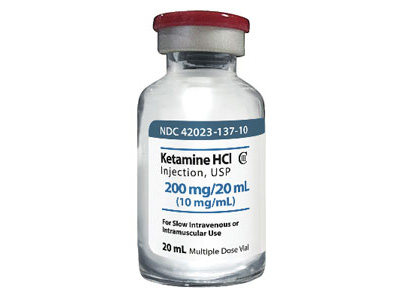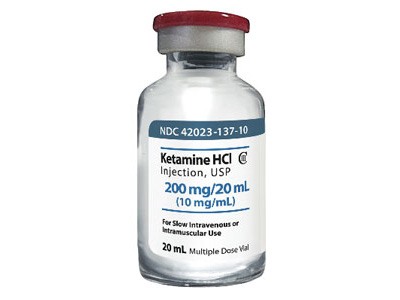Description
Buy Ketamine Online: Medical Uses, Risks, and Legal Considerations
Ketamine is a powerful dissociative anesthetic with both medical applications and a high potential for abuse. Originally developed for surgical anesthesia, it has gained attention for its off-label use in treating depression, chronic pain, and PTSD. However, recreational misuse can lead to severe health risks and legal consequences.
This comprehensive guide covers:
✔ What is ketamine?
✔ Medical uses of ketamine
✔ Side effects and risks
✔ Legal status and dangers of abuse
✔ Safe alternatives for pain and depression
What Is Ketamine?
Ketamine is an NMDA receptor antagonist that induces dissociative anesthesia, providing pain relief, sedation, and hallucinogenic effects. It is FDA-approved for:
✅ Surgical anesthesia (injection form)
✅ Treatment-resistant depression (Spravato nasal spray)
However, ketamine is also abused recreationally for its psychedelic effects, leading to serious health risks.
Medical Uses of Ketamine
1. Anesthesia & Emergency Medicine
Ketamine is widely used in hospitals and trauma care because:
-
Provides rapid sedation without suppressing breathing significantly
-
Useful in emergency surgeries and battlefield medicine
-
Safe for patients with respiratory or cardiovascular risks
2. Treatment-Resistant Depression (TRD) & PTSD
In 2019, the FDA approved esketamine (Spravato) for:
-
Severe depression (when SSRIs fail)
-
Suicidal ideation (fast-acting relief)
-
Administered as a nasal spray under medical supervision
3. Chronic Pain Management
Ketamine infusions are used off-label for:
-
Neuropathic pain
-
Complex Regional Pain Syndrome (CRPS)
-
Fibromyalgia & migraines
Note: Ketamine therapy should only be administered by licensed professionals in controlled settings.
Side Effects & Risks of Ketamine
Common Side Effects
-
Confusion, disorientation
-
Hallucinations (“K-hole” experience)
-
Nausea, vomiting
-
Elevated heart rate & blood pressure
-
Memory impairment
Serious Risks of Misuse
⚠ Bladder damage (Ketamine-induced cystitis)
⚠ Psychological dependence & addiction
⚠ Respiratory depression (high doses)
⚠ Dangerous interactions (alcohol, opioids, benzos)
⚠ Risk of accidents (impaired coordination)
Is Ketamine Legal?
-
United States: Schedule III (legal only with prescription)
-
Europe & Canada: Strictly regulated for medical use
-
Recreational use is illegal worldwide
Street Names for Ketamine
-
Special K
-
K
-
Vitamin K
-
Cat Tranquilizer
Dangers of Buying Ketamine Online
Purchasing ketamine from unverified sources is extremely risky because:
❌ Counterfeit products may contain fentanyl or PCP
❌ No medical supervision increases overdose risk
❌ Legal consequences (fines, imprisonment)
For safe, legal alternatives, consider:
-
Spravato (FDA-approved esketamine)
-
SSRIs (for depression)
-
Prescription pain relievers (under strict supervision)
Where to Buy Ketamine Alternatives Safely?
If you’re looking for FDA-approved medications or research chemicals, check these trusted sources:
Psychedelics & Research Chemicals
🔹 Buy 4-AcO-DMT
🔹 Buy 5-MeO-DMT
🔹 Buy DMT
🔹 Buy LSD Sheets
🔹 Buy Psilocybin Mushrooms
Pain & Anxiety Medications
🔹 Buy Oxycodone 30mg
🔹 Buy Diazepam (Valium)
🔹 Buy Xanax 2mg
🔹 Buy Hydrocodone
ADHD & Cognitive Enhancers
🔹 Buy Adderall 30mg
🔹 Buy Ritalin 20mg
🔹 Buy Modafinil 200mg
Conclusion
Ketamine has legitimate medical uses but is dangerous when misused. Always consult a licensed healthcare provider before considering ketamine therapy. Avoid illegal purchases, as they pose severe health and legal risks.
Need Help?
If you or someone you know is struggling with substance abuse, contact:
-
SAMHSA Helpline: 1-800-662-HELP (4357)
-
National Suicide Prevention Lifeline: 988
Stay informed and make safe, legal choices for your health and well-being.














Reviews
There are no reviews yet.